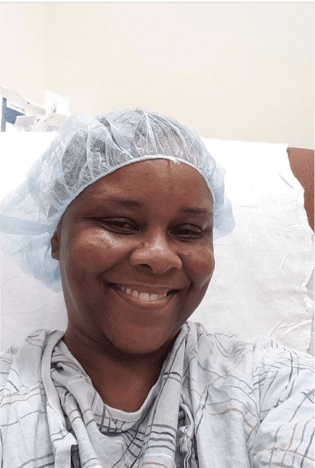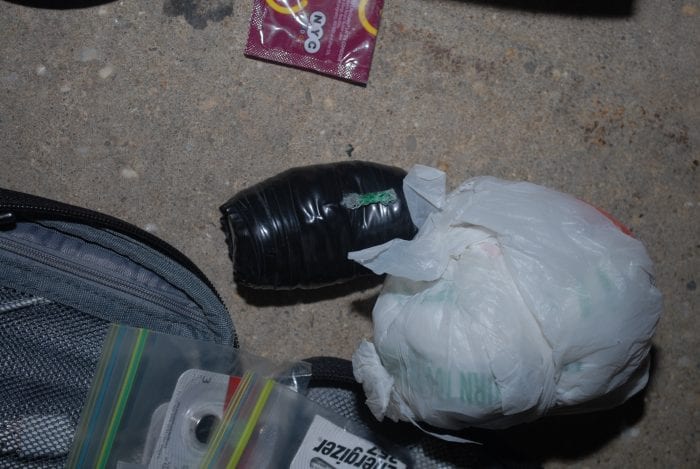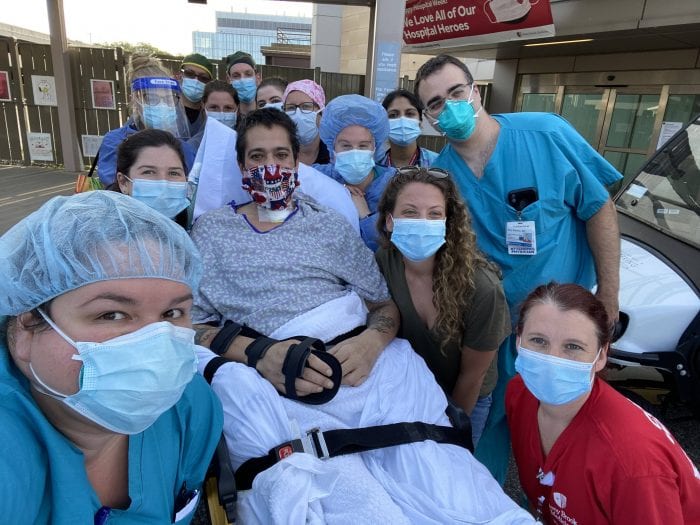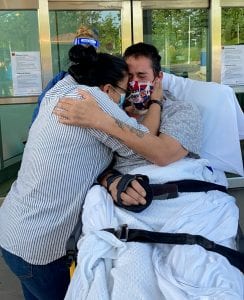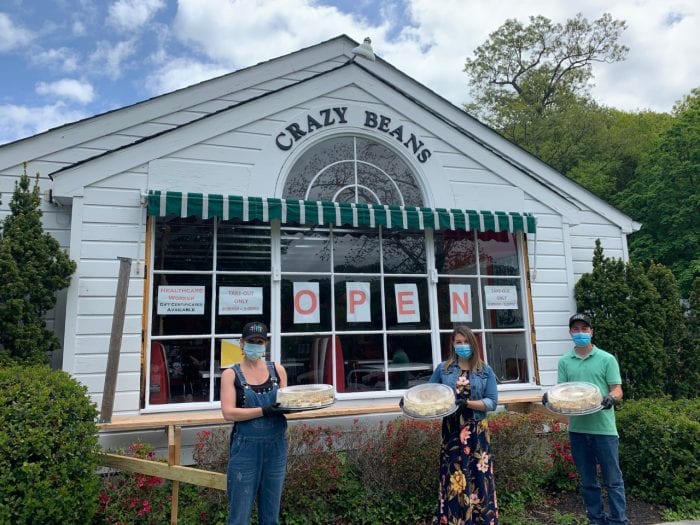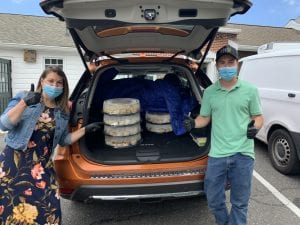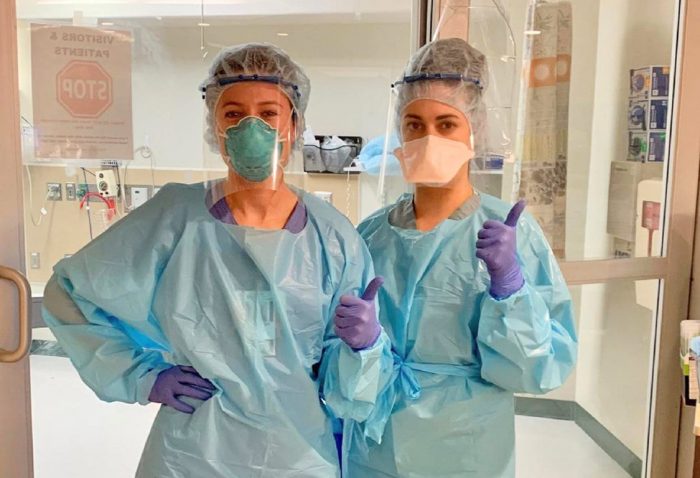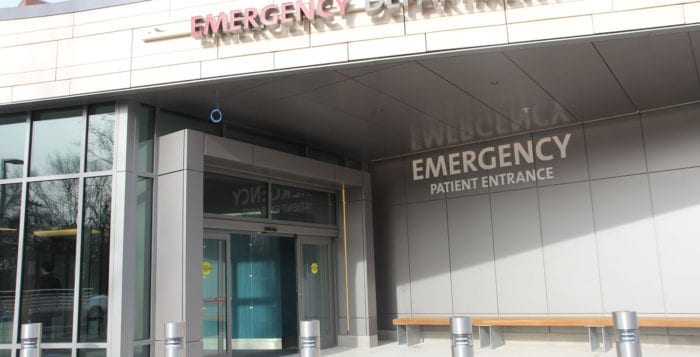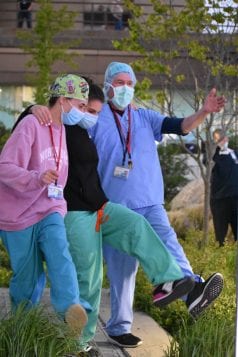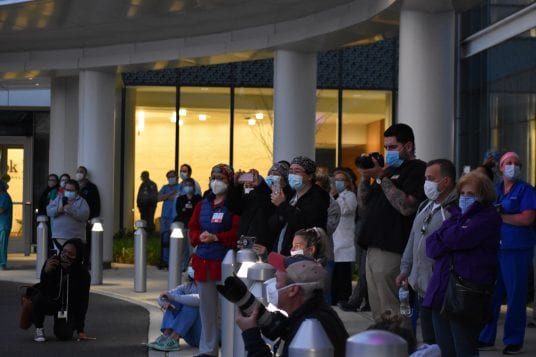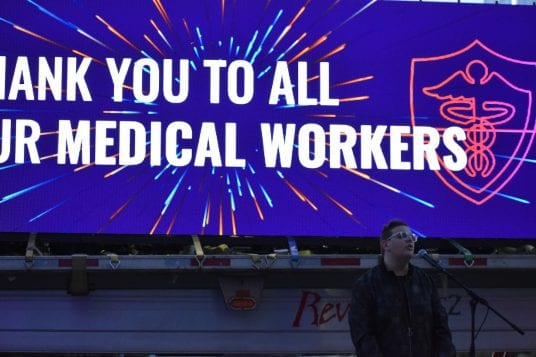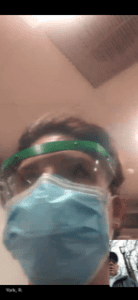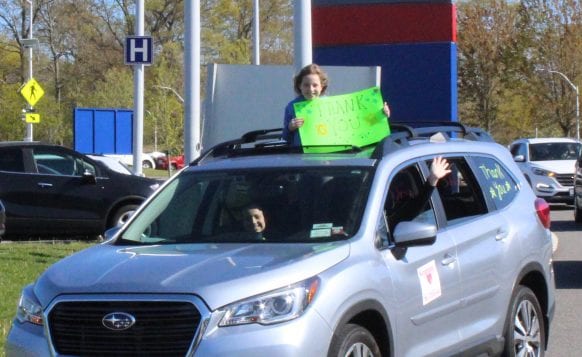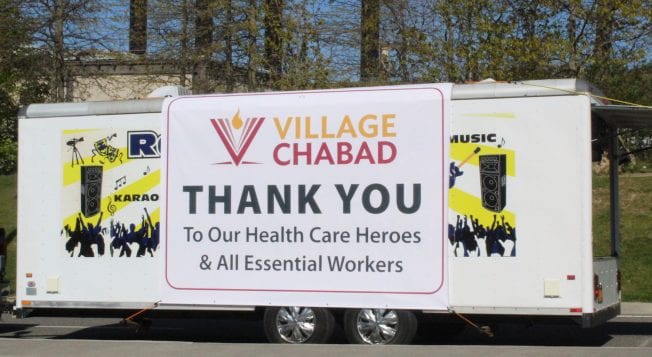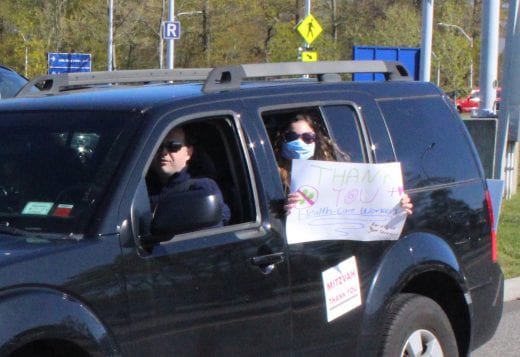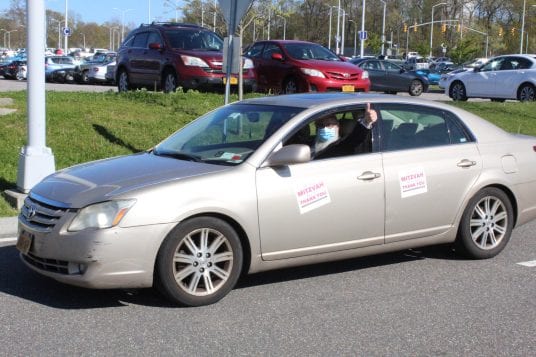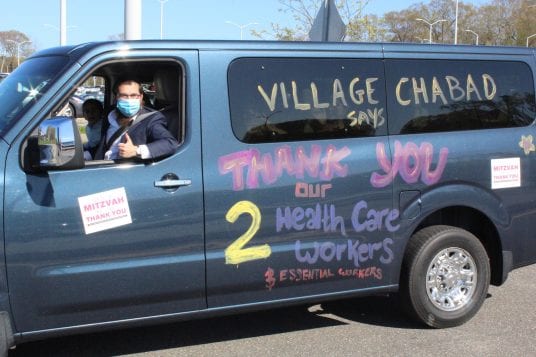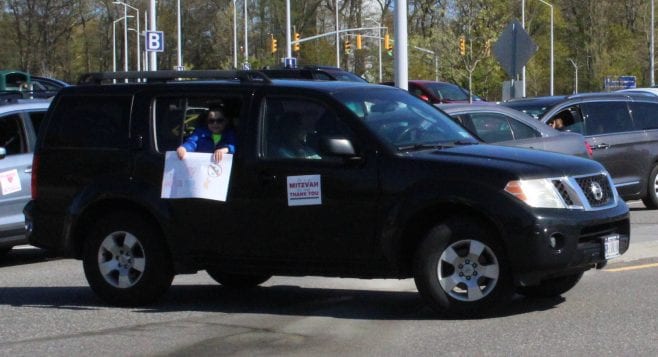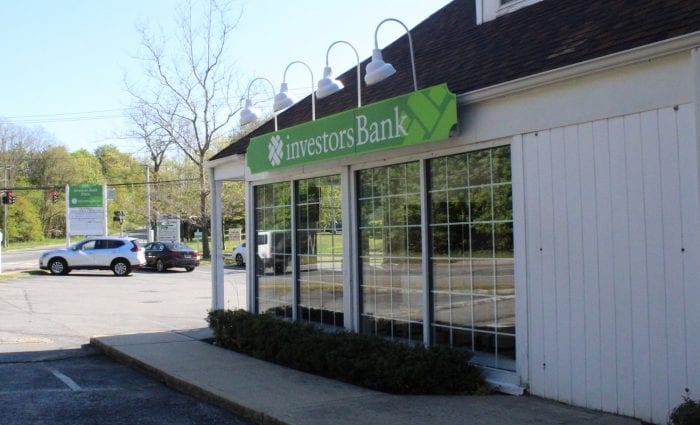By Daniel Dunaief
Yolanda Reed-Anthony’s grandparents, Dr. Frank Darras, and an anonymous donor likely saved the life of this devoted wife, mother, and daughter.
In the midst of the COVID-19 pandemic, which forced Governor Andrew Cuomo (D) to shut down most of New York’s economy and limit hospital activities to emergency procedures, Reed-Anthony had an unusual dream. In the dream her late grandparents, William and Rose Evans, brought her a white box. When she opened it, multicolored butterflies fluttered around her.
Intrigued by the dream, Reed-Anthony read that it suggested a new transition in life.
Sure enough, later that day, the Holbrook resident received the kind of call her brother Richard Reed, Jr. and her father, Richard Reed had gotten for themselves: a kidney was available, thanks to an anonymous donor who was a match for her.
The family has struggled with a kidney condition known as focal segmental glomerulosclerosis (FSGS), which necessitates the use of dialysis at least twice a week.
The timing for Reed-Anthony made the decision about whether to accept the incredibly rare gift of a new organ problematic. “The thought” of passing up the kidney on March 12, in the midst of the pandemic “crossed my mind, but I quickly dismissed it because of the dream,” she said in a recent interview.

Reed-Anthony entered Stony Brook University Hospital, where Dr. Frank Darras, the Clinical Professor of Urology and Clinical/ Medical Director of the Renal Transplantation Program at Stony Brook Renaissance School of Medicine, awaited, along with a transplant team.
As Suffolk County became an epicenter for infections, with the number of sick in hospital and Intensive Care Unit beds increasing, people in need of organs faced increasingly difficult odds of finding a life-saving organ.
For starters, every person who became sick or died from COVID-19 was immediately ineligible to be a donor. Without effective treatment or a cure for the virus, the transplantation of an organ from an infected person into someone who needed the organ but likely couldn’t survive the infection raised the risk of such an operation above the benefits of the procedure.
The immunosuppressant drugs each organ recipient takes after the operation reduces the likelihood that the person will reject the organ. These drugs also, however, raise the chance that an infection of any kind, much less a lethal virus, would threaten the health and life of the recipient.
Reed-Anthony said the Stony Brook staff let her know that the hospital process would be different even than for her brother, who received his kidney in January.
The doctors and nurses made sure no one who wasn’t supposed to be in her room entered. “They were like secret service for me,” Reed-Anthony said. “They took precautions for me that were different than for my brother and father,” adding that she was well aware of the viral struggle that so many others in the hospital were enduring at the same time. She was in the hospital for five days by herself, with no visitors other than the medical staff.
Reed-Anthony said the staff was ad-libbing in the precautions they took with her, minimizing the risks during her period of extreme vulnerability. Several days after surgery she needed to walk, which is something her brother and father did up and down the hospital hallway. She never left her room, circling from the bed to the window to the bathroom at least six times.
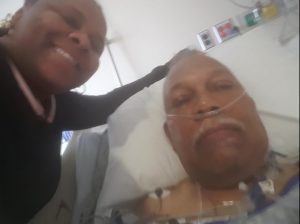
The social workers, meanwhile, stood by the door to ask questions, while the dietician wasn’t allowed in the room, with the nurses bringing the food tray in and out of the room.
Dr. Darras, who performed the surgeries for Yolanda, her father and brother, explained that the transplant team understood and appreciated the extreme demands COVID-19 placed on Stony Brook University Hospital and on the health care system throughout Long Island.
“We knew we had to work within the framework of the administration and the hospital to try to do what we needed to do for our patients without infringing on the big picture,” Darras said. “We knew we had to be good team players because every department had to have a redeployment of staff into other areas of the hospital.” Still, within the unprecedented needs of the rest of the hospital, the transplant team still felt like they could do what they needed safely for patients working against the unkind ticking of a clock.
While it took significant effort to find safe areas for the transplant group to use, Darras and other surgeons performed life-enhancing and saving surgeries in the midst of the COVID-19 firestorm.
Indeed, Darras led one of the transplants at 3:30 am on a Saturday night, when so many of the staff might otherwise have been sleeping, relaxing or stepping away from the intense health care drama that surrounds them. The mood in the room, however, was positive.
“Everybody that was involved felt that it was a really happy moment,” Darras said. “You couldn’t have found a happier group of people.”
The health care workers appreciated the opportunity to use their training towards a positive outcome. “Out of being in the fire, something good was happening,” said Darras. “It was a happy surgery. It gave people a reprieve and they wanted to do this again.”
Darras appreciates the heroic efforts of so many of his colleagues, who have done yeoman’s work in the face of the pandemic. He also believes the efforts of the transplant teams were heroic in taking care of patients who had life-altering surgeries in a unique environment.
At the same time that doctors and support staffs found safe places for these procedures, LiveOnNY, which is the nonprofit organ procurement organization for New York City, Long Island, Westchester and the lower Hudson Valley, has struggled to find donors during the pandemic.
For starters, everyone who contracted the virus became ineligible to donate an organ. Even those people who had filled out organ donor cards couldn’t save or extend the lives of others if they had the disease. “With so many deaths related to COVID, the potential for organ donation has been drastically reduced,” Helen Irving, the CEO of LiveOnNY said. In January and February, LiveOnNY was involved with 51 organs donations each month. In March, that number surged to 67. In April, as New York reached its viral peak, the number of organ donations fell to 10.
While Stony Brook University Hospital performed organ transplants during the pandemic, other donation programs slowed or stopped due to the virus. That is starting to normalize now, according to LiveOnNY.
Irving said the reduction in the ability to perform these operations is “quite devastating.” She has been acutely aware of the hospital deaths during the pandemic. New York State law requires hospitals to call any death into the organ procurement organization. At one point, LiveOnNY was receiving over 600 calls each day, when the normal number is closer to 150.
Additionally, with people avoiding the hospitals, even when they might have life-threatening conditions, the potential for organ donation also declines.
In normal times, LiveOnNY receives about 12 referrals per day from cardiac arrests or strokes. During the peak of the pandemic in early April, they averaged four. “If someone dies at home, there is no potential there to be an organ donor,” Irving said, although they can become a tissue donor.
Through the pandemic, Irving suggested that LiveOnNY will continue to search for the needle in a haystack that saves or extends someone’s life. The nonprofit is a part of a network that extends across a wider geographic area beyond New York. The group is part of 58 organ procurement organizations nationwide.
Irving encouraged New Yorkers to sign up to become donors, particularly in a post-COVID world. Typically, she would be making the case for signing up to become organ donors through community events. At this point, however, most of those events are no longer being held because of limitations on large gatherings.
“We have to educate the community that needs to know that organ donation is still possible,” Irving said. “Patients can’t wait on a transplant list. That message is far more important today than ever before. You can save someone’s life by signing up on the registry.”
People who would like to sign up can do so through the LiveonNY.org web site, by calling (866) NY-DONOR (693-6667) or through [email protected].
Organ donations were “always a miracle to begin with,” Irving said. “Now we’re asking for a bigger miracle.”
Reed-Anthony has signed up to be an organ donor herself. She is prepared to donate any organ a recipient might need. After all she and her kidneys have been through, she suggested those organs might not be the best choice.

